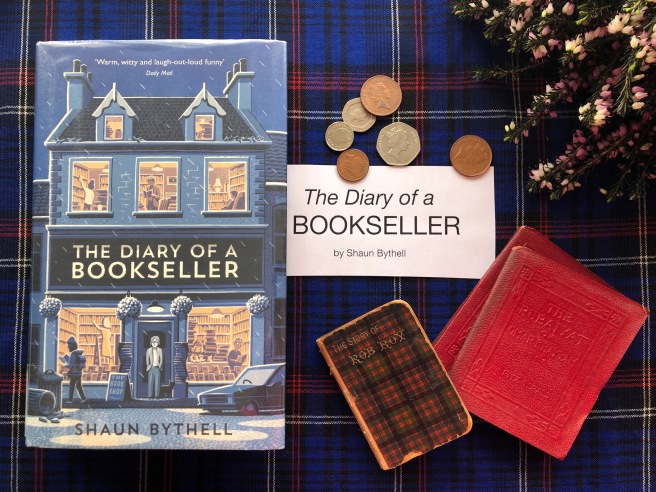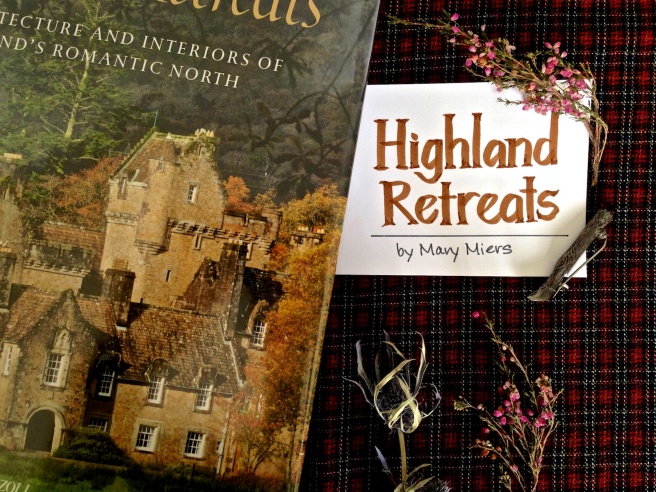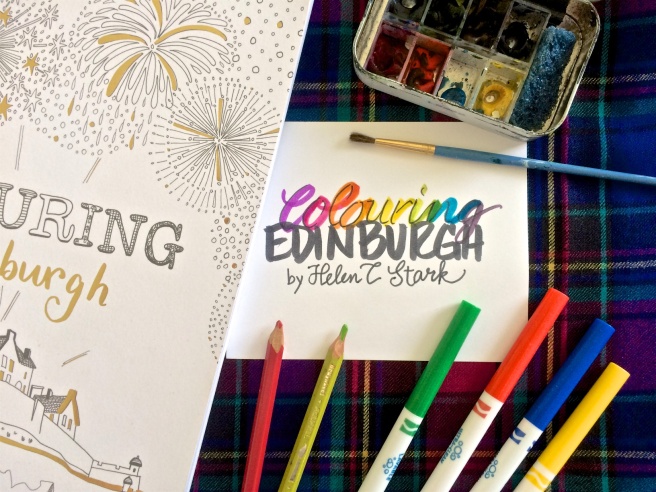
The Diary of a Bookseller by Shaun Bythell allows the reader to live vicariously a year in the life of a bookseller in Wigtown, Scotland’s famous book town.
The book is written in diary format but with all the interest and details of a novel. Bythell’s descriptions of his regular customers, his crazy assistants, and his everyday life in a small town are a rare and welcome peak into modern Scottish living.
Each day’s entry includes the number of customers, number of books ordered online, and the cash register total for the day. Bythell notes down his book buying escapades which range from visiting retirees in their middle class homes to trekking out to near-abandoned cottages with books covered in years of dust. One catches a glimpse of the hard work and stress involved in making a used bookstore actually profitable.
Several years ago I read Three Things You Need to Know about Rockets: A Real-Life Scottish Fairy Tale by Jessica Fox, a memoir about a young American woman who decides to go work in Wigtown at a used bookstore. Turns out it was Bythell’s bookstore and it further turns out Bythell and Fox fell in love. I never ended up recommending Fox’s book because I felt as though it failed to truly immerse one in Scottish life and, instead, immersed me in Fox’s crazy love life.
Bythell’s book tells a different love story — the story of an owner’s love for his books, his shop, his town, and his customers.
Travel Notes: If you are planning to travel to Wigtown, this is an excellent choice to read. Be sure to visit “The Bookshop” when you go! This is also a great choice for anyone wanting to read about modern, everyday life in Scotland.
Note: this post contains affiliate links.


















